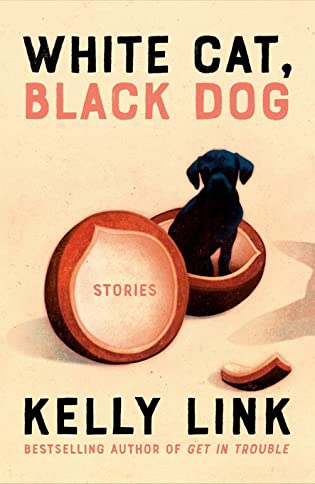 White Cat, Black Dog: Stories by Kelly Link, Shaun Tan
White Cat, Black Dog: Stories by Kelly Link, Shaun Tan Format: eARC
Source: supplied by publisher via NetGalley
Genres: fairy tales, fantasy, horror, retellings, science fiction, short stories
Pages: 272
Published by Random House on March 28, 2023
Purchasing Info: Author's Website, Publisher's Website, Amazon, Barnes & Noble, Kobo, Bookshop.org, Better World Books
Goodreads
Seven ingeniously reinvented fairy tales that play out with astonishing consequences in the modern world, from one of today's finest short story writers--MacArthur "Genius Grant" Fellow Kelly Link, bestselling author of the Pulitzer Prize finalist Get in Trouble
Finding seeds of inspiration in the Brothers Grimm, seventeenth-century French lore, and Scottish ballads, Kelly Link spins classic fairy tales into utterly original stories of seekers--characters on the hunt for love, connection, revenge, or their own sense of purpose.
In "The White Cat's Divorce," an aging billionaire sends his three sons on a series of absurd goose chases to decide which will become his heir. In "The Girl Who Did Not Know Fear," a professor with a delicate health condition becomes stranded for days in an airport hotel after a conference, desperate to get home to her wife and young daughter, and in acute danger of being late for an appointment that cannot be missed. In "Skinder's Veil," a young man agrees to take over a remote house-sitting gig for a friend. But what should be a chance to focus on his long-avoided dissertation instead becomes a wildly unexpected journey, as the house seems to be a portal for otherworldly travelers--or perhaps a door into his own mysterious psyche.
Twisting and winding in astonishing ways, expertly blending realism and the speculative, witty, empathetic, and never predictable--these stories remind us once again of why Kelly Link is incomparable in the art of short fiction.
My Review:
Perhaps it’s a lingering fondness for the old Rocky and Bullwinkle cartoons, but I’ve always had a fondness for properly Fractured Fairy Tales. As the author of this collection has long been a writer I intended to read but never quite found the appropriate ‘Round Tuit’ for, this collection seemed like the perfect opportunity to indulge in a bit of cartoon nostalgia while discovering an author I’d heard of – often – but never actually read.
Also, there’s a cat in the title so I figured that I couldn’t possibly go wrong reading White Cat, Black Dog. And I did not.
There are only seven stories in this collection, each based on a different, but frequently familiar, fairy tale. As with all collections there are exceptions to the rules – but always interesting ones.
Of those seven stories, my favorite was the first – and titular story, “The White Cat’s Divorce”. I’m not at all familiar with the fairy tale it was based on, The White Cat, but this is one where I honestly didn’t care. It’s a story where the reader does guess what’s coming fairly early on, but it’s such a glorious delivery of just desserts that one doesn’t mind. Also, the concept of a clan of talking cats running a marijuana farm and dispensary is just too funny for words.
My next favorite story was “The Lady and the Fox”, based on Tam Lin, which I DO remember. It’s probably the story in this collection where the grimdark is on the lightest shade of darkness, as it’s a holiday story that leans into the warmth of the season and does result in at least the possibility of a happy ending. The romance at the heart of the story could go either way after the end, but by ending where it does it is possible for the reader’s mind to wrap the whole thing in the glow of its season.
The story that creeped me out the most was “The White Road”, based on The Musicians of Bremen, a fairy tale which rings only a faint bell. Its setup actually has a lot in common with Station Eleven, but it’s not a pandemic or lawless scavengers that come creeping for those who stray into the wrong places or in the wrong ways, but rather a road that comes for the dead but can be put off by really good – or even really hammy acting.
Several stories hit the middle of their road for me. “Prince Hat Underground” just went on too long. I loved the concept, even though it reminded me more of Orpheus and Eurydice than its intended fairy tale. Something about it just didn’t work for me, although many readers loved it. My feelings about “The Girl Who Did Not Know Fear” were similar in that it also did not work for me.
“The Game of Smash and Recovery” was supposed to be a take-off of Hansel and Gretel and I just plain didn’t see it. It did remind me of a combination of Medusa Uploaded and In the Lives of Puppets, which made it a very weird place to be even though the fairy tale was fractured completely beyond recognition.
Last, but not least in either size or scope, is the final story in the collection, the story that includes the titular Black Dog, “Skinder’s Veil”. This story about a waystation for the denizens of fairy and the house-sitter substituting for an absentee owner who may or may not be Death and who may or may not be a dead-ringer (pardon the pun) for its protagonist had a fascinating premise as well as characters who told some equally fascinating stories. And who probably would feel right at home in Bill Willingham’s Fables. I liked the story a lot as I was reading it, but at the end it felt like something had either just slipped through my grasp, or that the entire point of the thing was in the implications it left behind.
Ultimately a fascinating conundrum but too puzzling to be a favorite. Which may very well sum up my thoughts about the collection as a whole – but I’m glad I read it just the same.
Escape Rating B: In any collection, there’s usually at least one story that doesn’t work for a particular reader, and that was certainly true for this reader. Howsomever, a sign of a good collection is that when one looks at reviews for it, that story or two that turned out to be not quite what the individual hoped are different for each reader.
And that’s certainly true with White Cat, Black Dog.
So, if you’ve been meaning to become acquainted with this author, or curious about the work of someone who won one of the MacArthur “Genius Grants”, White Cat, Black Dog is a great place to be introduced to Kelly Link and her eclectic tales that merge fantasy, SF, horror and the most classic of classic fairy tales into a twisty, spellbinding whole, this is a great way of going about it.

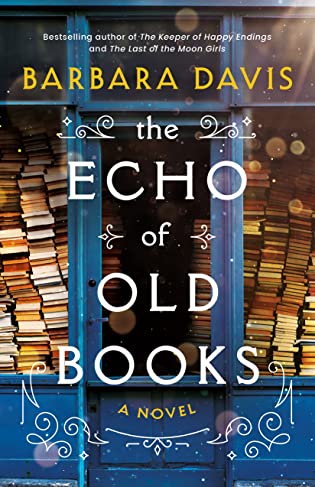 The Echo of Old Books by
The Echo of Old Books by 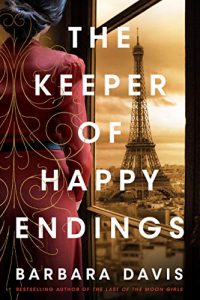 And their own searing, scarring pasts. The more we learn about both couples, the more we hope for HEAs all around – no matter how impossible that might seem. We become invested in both stories every bit as much as Ashlyn does Belle’s.
And their own searing, scarring pasts. The more we learn about both couples, the more we hope for HEAs all around – no matter how impossible that might seem. We become invested in both stories every bit as much as Ashlyn does Belle’s.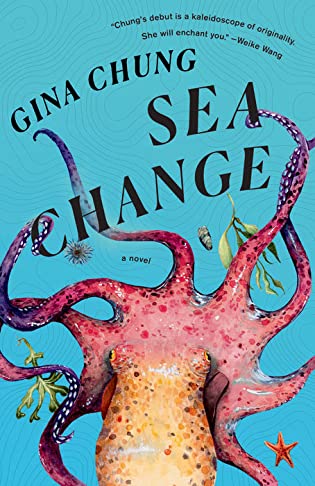 Sea Change by
Sea Change by 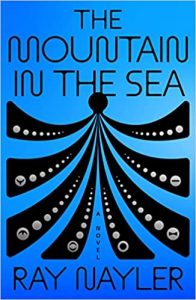 (It’s not specified exactly where or what this is, but it seems likely to be a combination of or an intrusion into the Bering Sea by the existing Polar Vortex. I could be completely off-base. One of the frustrating things about Sea Change is that it seems to be set in a near-future of our current world, but just how near or far is confusingly obscured. There are people who remember the song Hotel California from their own youth – as I do – but climate change is considerably further amuck than current conditions and a colony spaceship to MARS lifts off during the course of the story. The near-ish future setting of
(It’s not specified exactly where or what this is, but it seems likely to be a combination of or an intrusion into the Bering Sea by the existing Polar Vortex. I could be completely off-base. One of the frustrating things about Sea Change is that it seems to be set in a near-future of our current world, but just how near or far is confusingly obscured. There are people who remember the song Hotel California from their own youth – as I do – but climate change is considerably further amuck than current conditions and a colony spaceship to MARS lifts off during the course of the story. The near-ish future setting of 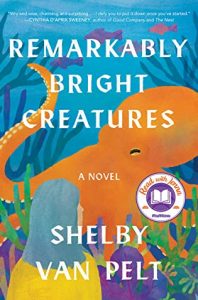 Escape Rating C+: For this reader, Sea Change was just ‘Too much Ro and not enough Lo’ as I said near the top. I hoped this would tilt more to the magical realism side of the equation, so that Dolores could be more of a character. Because Marcellus was so much of a character,
Escape Rating C+: For this reader, Sea Change was just ‘Too much Ro and not enough Lo’ as I said near the top. I hoped this would tilt more to the magical realism side of the equation, so that Dolores could be more of a character. Because Marcellus was so much of a character, 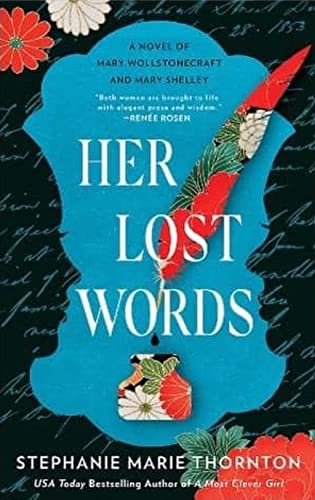 Her Lost Words: A Novel of Mary Wollstonecraft and Mary Shelley by
Her Lost Words: A Novel of Mary Wollstonecraft and Mary Shelley by  But the tides of history turn, and for more than a century after Mary Shelley’s death it was HER great work that captured the limelight – and much of the popular imagination – while her mother’s achievements were covered in the shadows cast by her daughter’s monster, the doctor who made him and the literary genre they started.
But the tides of history turn, and for more than a century after Mary Shelley’s death it was HER great work that captured the limelight – and much of the popular imagination – while her mother’s achievements were covered in the shadows cast by her daughter’s monster, the doctor who made him and the literary genre they started.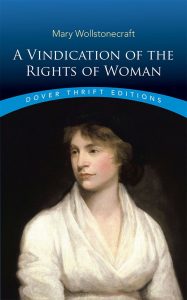 Escape Rating B: Someone needs to do a literary survey of just how many fictional and even non-fictional biographies of famous women in history begin with a dramatic scene of parental or spousal abuse. Not that I do not believe it’s true in the case of the older Mary, more that it should be telling in a profound way that it happened so damn frequently but somehow that message never seems to penetrate the male psyche. Which is a part of what made
Escape Rating B: Someone needs to do a literary survey of just how many fictional and even non-fictional biographies of famous women in history begin with a dramatic scene of parental or spousal abuse. Not that I do not believe it’s true in the case of the older Mary, more that it should be telling in a profound way that it happened so damn frequently but somehow that message never seems to penetrate the male psyche. Which is a part of what made 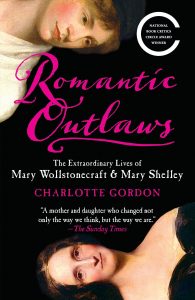 I wanted to be all in on this one and I just wasn’t. I’m still interested in Wollstonecraft and Shelley, and will probably refer myself to
I wanted to be all in on this one and I just wasn’t. I’m still interested in Wollstonecraft and Shelley, and will probably refer myself to 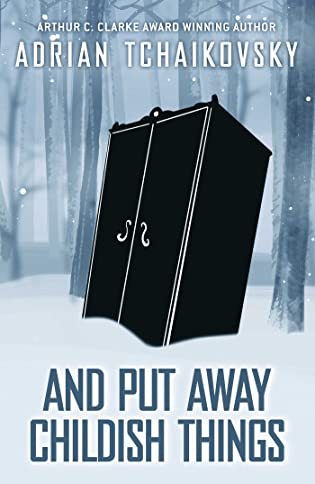 And Put Away Childish Things by
And Put Away Childish Things by 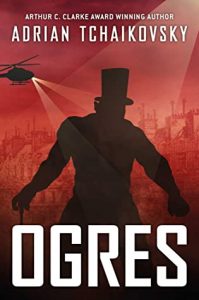 Instead, And Put Away Childish Things mixes the central theme of
Instead, And Put Away Childish Things mixes the central theme of 

 Current Giveaways:
Current Giveaways: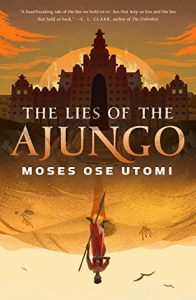 Blog Recap:
Blog Recap: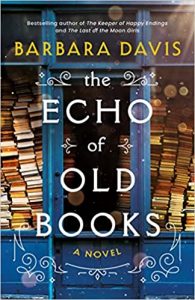 Coming This Week:
Coming This Week:



















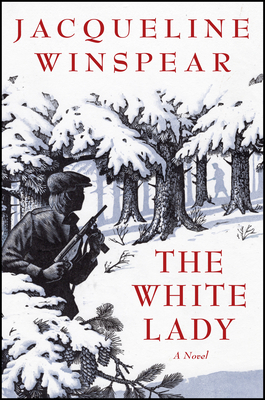 The White Lady by
The White Lady by 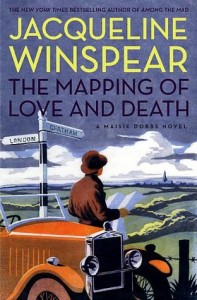 For the past several years of her cases (since
For the past several years of her cases (since 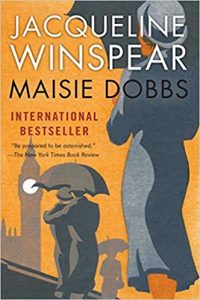 Escape Rating B: I ended this book with a LOT more mixed feelings than I expected going into it. I enjoy the
Escape Rating B: I ended this book with a LOT more mixed feelings than I expected going into it. I enjoy the 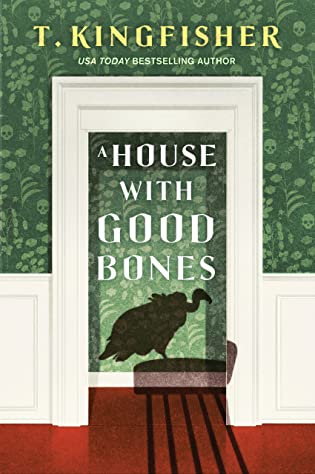 A House with Good Bones by
A House with Good Bones by 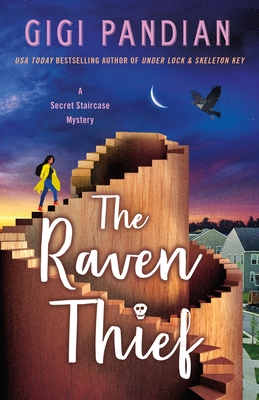 The Raven Thief (Secret Staircase Mystery, #2) by
The Raven Thief (Secret Staircase Mystery, #2) by 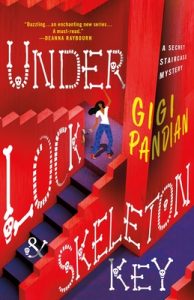 Leaving Tempest and her friends in the same position they found themselves in
Leaving Tempest and her friends in the same position they found themselves in